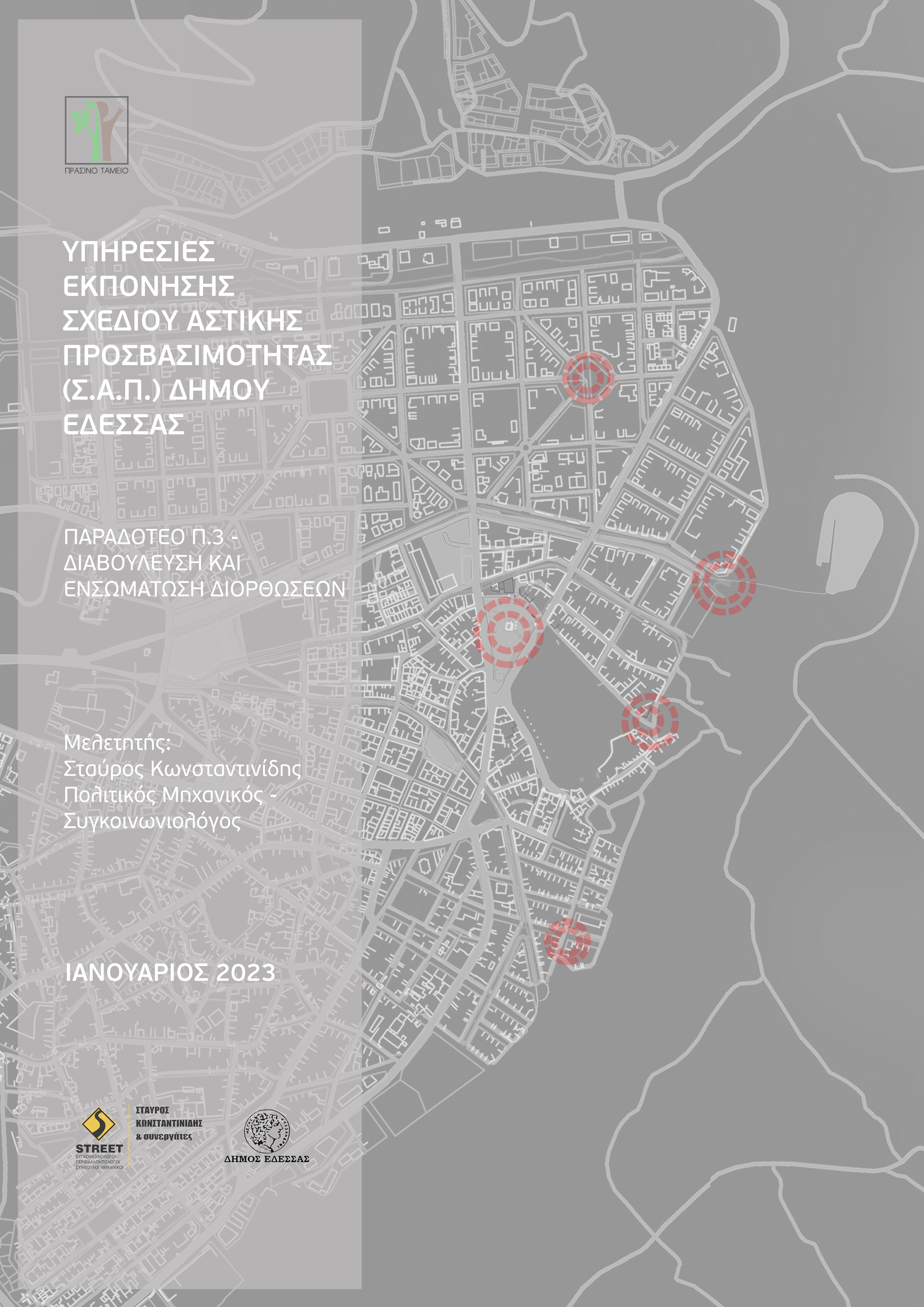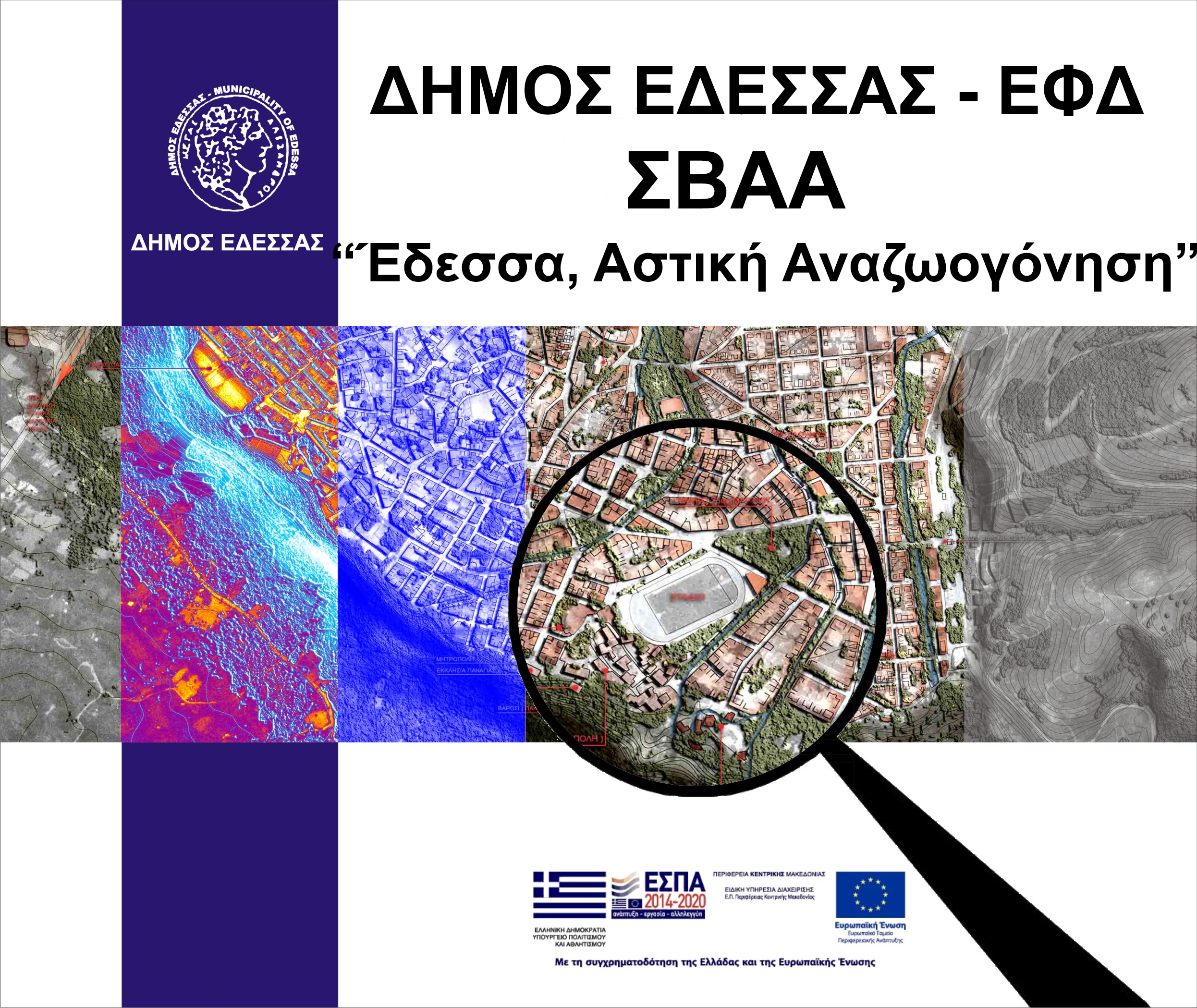History of the region
Edessa, the capital of the prefecture of Pella, Great Alexander’s homeland, is possibly the only important city of Ancient Macedonia, that exists constantly for 3000 years full of liveliness, dynamism and first of all steadfast faith and love for its existence. The first prehistoric settlements are lain next to the sources of the river Edessaios as well as in its banks, in the region Karkagia ( proof of this perception is the last sample of prehistoric settlement, that was revealed a year ago at the construction of the bypass of the city. According to the tradition, on 9th century B.C Perdikas or Karanos founds the Macedonian dynasty of Timenidon. He imposes himself on Fryges, a population that lived at the area and founds the city which takes the name Aiges (Goats).
Ancient Edessa is expanded in two unequal levels: the upper city or citadel which is located on the Rock and the lower city which is located at Loggos (Scrumb), where was organized the main ancient settlement. Despite their big hypsometric difference, the two levels were fortified as a unit with a powerful wall which was strengthened by successive towers. The fortification of the city is dated in the 4th century B.C. The city goes under the Roman sovereignty in 148 B.C. and in the end of the 2nd century B.C Egnatia road (Via Egnatia) is under construction. The importance of the city is strengthened, after the important commercial and military road that connects West and East that goes through the city of Edessa. In the Byzantine age, because of its strategic position, Edessa constitutes a field of conflicts and claims. The city is often under barbaric raids by Goths, Visigoths, Ostrogoths and Huns. In the end of 6th century A.D. the life at the lower city stops to exist. The residents because of the barbaric raids settle in the citadel. With this way they start to feel more secure.
The city has been developed and organized in the citadel until today. In the end of the 6th century A.D Edessa is under raids by Slavs too. In 997 A.D falls into the hands of the Bulgarian king Samouil. In the end of the 11th century Edessa is regained by the Byzantine emperor Vasilios B’. From the 10th century and then the new name of the city is Vodena (voda=water). In the 14th century A.D the area becomes the battlefield of the civil war of Palaiologos. In 1351 A.D the city is under the dominance of Serbs. It is managed by Thomas Prelioubovits and his wife Aggelina Maria Palaiologina,until 1367. After a period of a anarchy the city goes at the hands of Turkish in 1389. From then until 1922 Christians and Muslims constitutes the two main demographic religious groups of the city. In the end of the 18th century Edessa is under the commands of Ali-Pasa. A lot before 1821 A.D, the revolutionary enthusiasm bursts out in the area and armed groups are organised. In 1821, when the revolution started, in the region of Vermio the leader is Aggelis Gatsos.
In the end of 19th century the ethnological mixture of the major Macedonia was a mosaic of religions and cultures, constituted by Greeks (greek-speaking,slav-speaking, vlaho-speaking), Turkish, Bulgarians, Serbs, Albanians as well as Jews mainly in Thessaloniki. The city participates in the armed Macedonian fight which took place from 1904 until 1908 and aimed at the rejection of the Bulgarian challenges. Leaders of this fight were doctor D.Rizos, professor A.Fragos and I. Chatzinikos. The release from the Ottoman sovereignty is realized on 18 October 1912. After this come the Balkan wars and the A’ world war. In our region the epicentre of the conflicts was the mountain Kaimaktsalan. The city goes through its bigger heyday from the end of 19th century until the end of interwar. In 1892 the railway connection of Monastiri-Thessaloniki is completed. At the middle of this route, Edessa becomes an organised industrial centre. With Thessaloniki, Veria and Naousa become important suppliers of weaving products of central Europe and Balkans.
The creation of factories is owed mainly in the motive power of water and the abudance in raw materials. The first industrial area is developed in the region of waterfalls. 2500 workers were occupying there. At the same time the silk industry is being developed considerably. Watermills, olive presses and electricity generators are still in function all of them assisted by the power of water. In 1922 with the exchange of populations come the refugees that contribute in the economic life of city. That time the production of carpets is being developed. At the interwar the city goes through its economic, merchandising, social and cultural acme. However, this acme is interrupted by the declaration of Greek-Italian war. The city pays heavy price in the Albanian mountains as many lads lost their lives. On 18 April 1941 Germans enter in Edessa. During the possession of the city and its regions, armed groups of EAM-ELAS were acting. The fighter’s successes of the national resistance are many, top of them at the Mouharem Chani. On 12 September 1944, and after an attack of rebels against the German guard of the city, the German commander of S.S is killed. As a reprisal, Germans burn a big department of the first residential core, Varosi. 250 residences are cremated and the next day they burn the village Mesimeri. The world war II and the civil war cease the industrial blossom.
During the post war years, the factories are being closed as they are unable to be modernized and correspond at the new market conditions. So, internal and exterior immigration starts. Remarkable is the fact that in the end of 50’s a group of citizens of Edessa make actions in order to save the unique natural phenomenon of waterfalls. Having as leaders I. Oikonomou, A.Gali, A.Gazepi and the sisters Stougiannaki, they reverse the decision of the minister of public works Mr. Kramanlis, who planned to construct a big artificial lake at the park of the waterfalls that would have annihilated the splendid phenomenon of waterfalls. The litigations last for months, the demands become popular all over Greece. The leaders of this action and the citizens of Edessa are vindicated on the Council of State. The waterfalls are saved.
Nowadays, Edessa is a modern administrative, tourist and rural centre. Wars and destructions, invasions and takeovers, social and political upheavals, autarchy and mass immigration did not constitute capable reasons to bend this city and reverse its route. And now has to deal with another one challenge. The one of searching but also claiming the role that has to play in the United Europe, in Greece, in Macedonia.


















